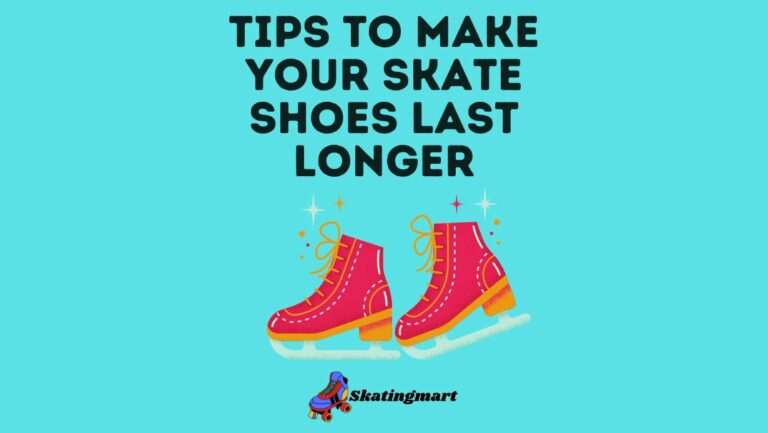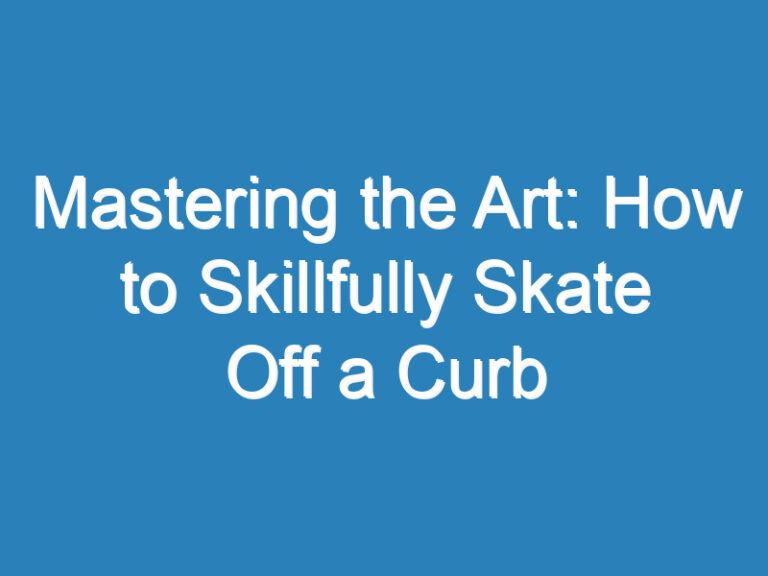
Breaking in roller skates can make a world of difference in your skating experience. It’s crucial to ensure they fit comfortably and provide the support you need. I’ll share some tips and tricks to help you break in your roller skates effectively.
Firstly, wear your skates around the house to get used to the feel and identify any areas of discomfort. It’s normal for new skates to feel stiff initially, but they’ll gradually mold to your feet with wear. Additionally, consider adjusting the laces and straps to achieve a snug yet comfortable fit.
Furthermore, skating on different surfaces can help break in your roller skates faster. Whether it’s a smooth indoor rink or a slightly rough outdoor path, varying terrains can aid in loosening up the skates. Stay tuned for more expert advice on breaking in roller skates effectively.
Key Takeaways
- Wear your skates around the house to get accustomed to the fit and feel, adjusting laces and straps for a snug fit.
- Adjust laces by starting from the toe and working up to the ankle to distribute pressure evenly, and check straps for proper support.
- Skating on different surfaces like carpet, hardwood, or tiles can expedite the breaking-in process, testing mobility and flexibility.
- Ensure roller skates fit snugly but comfortably, start with shorter skating sessions, and maintain skates regularly for optimal performance.
- Experiment with adjustments like tightening or loosening laces, listen to your feet for discomfort, and skate on various terrains to improve skills.
Wear Your Skates Around the House
When breaking in roller skates, one effective tip is to wear them around the house. This allows me to get accustomed to the fit and feel of the skates in a controlled environment. It’s important to ensure that the skates provide the right amount of support and comfort.
By wearing the skates indoors, I can adjust the laces and straps as needed for a snug fit. This step not only helps in molding the skates to my feet but also aids in preventing any discomfort or blisters while skating outdoors.
Furthermore, skating inside on different surfaces like carpet, hardwood, or tiles can help expedite the breaking-in process. It’s a great way to test the mobility and flexibility of the skates before hitting the pavement.
Adjust Laces and Straps
When breaking in roller skates, it’s crucial to ensure that the laces and straps are properly adjusted for a secure and comfortable fit. Here’s how I approach making these adjustments:
- Laces: I start by loosening the laces and then gradually tightening them, starting from the toe and working my way up to the ankle. This technique helps distribute pressure evenly across the foot, reducing the risk of discomfort or pain while skating.
- Straps: Next, I check the straps to make sure they are snug but not too tight. Properly fitting straps provide additional support and stability, especially during more dynamic movements on the skates.
Adjusting the laces and straps not only enhances comfort but also minimizes the chances of blisters and injuries. So, take the time to fine-tune these elements before hitting the rink or the streets with your newly broken-in roller skates.
Skate on Different Surfaces
When breaking in my roller skates, I find it crucial to skate on various surfaces to get a feel for how they perform in different conditions. Here are some reasons why I recommend skating on different surfaces during the break-in process:
- Diversity: By skating on different surfaces, I can adapt to various textures and levels of smoothness, helping me feel more confident and comfortable on any terrain.
- Flexibility: Switching between surfaces allows me to test the flexibility and responsiveness of my roller skates, helping me understand how they perform in different environments.
- Adaptability: Skating on different surfaces challenges me to adjust my balance and technique, ultimately improving my overall skating skills and agility.
- Durability: Testing my roller skates on various surfaces helps me assess their durability and long-term performance, ensuring they can withstand different types of wear and tear.
By incorporating skating on different surfaces into my break-in routine, I can optimize the performance of my roller skates and enhance my skating experience.
Expert Tips for Breaking In Roller Skates
When breaking in roller skates, there are a few expert tips I’ve found to be incredibly helpful for optimizing performance and comfort. Here are some key pointers to keep in mind:
- Proper Fit: Ensuring that your roller skates fit snugly but comfortably is crucial for an optimal skating experience. Ill-fitting skates can lead to discomfort, blisters, and even injuries.
- Gradual Progression: Start with shorter skating sessions to allow your skates to mold to your feet gradually. Overdoing it can cause unnecessary strain on your feet and skates.
- Regular Maintenance: Keep your roller skates in top condition by regularly cleaning the wheels, bearings, and boot. This maintenance routine can extend the lifespan of your skates and enhance their performance.
- Experiment with Adjustments: Don’t be afraid to make small adjustments to your skates, such as tightening or loosening the laces, to find the perfect fit for your feet. These tweaks can significantly impact your comfort and control on the skates.
- Listen to Your Feet: Pay attention to any discomfort or pain while skating and make adjustments accordingly. Ignoring discomfort can lead to more significant issues down the line.
- Mix Up Terrains: Skating on various surfaces not only helps break in your skates but also improves your overall skating skills. Challenge yourself by trying out different terrains to enhance your adaptability and confidence as a skater.
By incorporating these expert tips into your roller skate break-in routine, you can ensure a smoother and more enjoyable skating experience while optimizing the performance of your beloved roller skates.
Conclusion
Incorporating these expert tips into your roller skate break-in routine can enhance both performance and comfort. Remember, a proper fit is key to a smooth skating experience. Gradually breaking in your skates, maintaining them regularly, and experimenting with adjustments will optimize your performance. It’s crucial to listen to your feet and address any discomfort promptly. Mixing up terrains will not only improve your skills but also make you more adaptable. By following these guidelines, you’ll ensure a more enjoyable skating journey while maximizing the potential of your roller skates.
Frequently Asked Questions
How important is proper fit when breaking in roller skates?
Proper fit is crucial when breaking in roller skates to prevent discomfort, blisters, and injuries. Ensure your skates fit snugly but not too tight to allow for comfort and flexibility during skating.
Why is gradual progression essential during the break-in period?
Gradual progression allows your feet to adjust to the skates, reducing the risk of strain or injury. Start with shorter skating sessions and slowly increase the duration as you become more accustomed to the skates.
How can regular maintenance contribute to the break-in process?
Regular maintenance, such as checking for loose parts or worn-out components, ensures optimal performance and prolongs the lifespan of your roller skates. Keep your skates clean and well-lubricated for a smooth skating experience.
What adjustments should skaters experiment with during the break-in phase?
Skaters should experiment with adjustments like tightening or loosening the laces, changing the wheel tightness, or adjusting the trucks to find the most comfortable and efficient setup for their skating style.
Why is it important to listen to your feet while breaking in roller skates?
Listening to your feet is crucial during the break-in period to identify any areas of discomfort or pressure points. Adjustments can then be made to alleviate these issues and ensure a more enjoyable skating experience.
How can mixing up terrains enhance the break-in process?
Skating on different terrains, such as smooth surfaces, rough pavement, or hilly areas, challenges your skills and helps you adapt to various skating conditions. This variation improves your overall skating abilities and prepares you for diverse environments.

Hi, This is Roasalin, I have loved Skating since my early childhood days, and here I share my experiences and tips for beginners who want to turn into pro skaters. I hope you find it useful. you can contact me here






